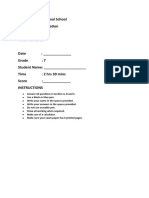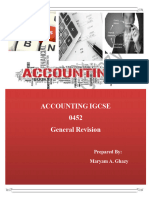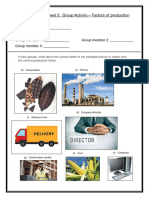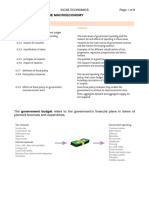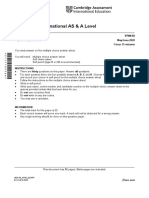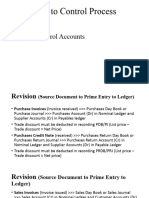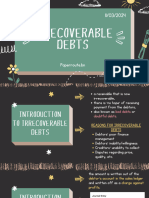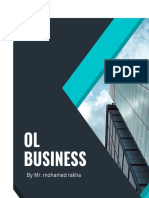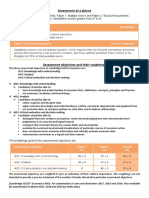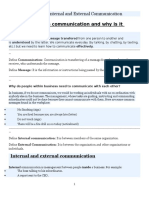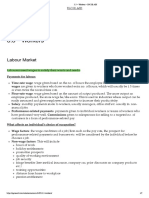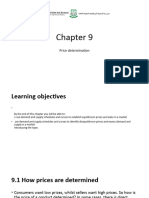0% found this document useful (0 votes)
232 views1 pageClassification of Assets-Notes
Assets are resources owned by a business that are classified as either current or non-current. Current assets are easily converted to cash within a year and include inventory, while non-current assets like property are used over multiple years. Liabilities are debts owed, classified as either current if due within a year like payables, or non-current like long-term loans. Capital represents the owner's equity claim on the net assets of the business.
Uploaded by
fathimath ahmedCopyright
© © All Rights Reserved
We take content rights seriously. If you suspect this is your content, claim it here.
Available Formats
Download as DOCX, PDF, TXT or read online on Scribd
0% found this document useful (0 votes)
232 views1 pageClassification of Assets-Notes
Assets are resources owned by a business that are classified as either current or non-current. Current assets are easily converted to cash within a year and include inventory, while non-current assets like property are used over multiple years. Liabilities are debts owed, classified as either current if due within a year like payables, or non-current like long-term loans. Capital represents the owner's equity claim on the net assets of the business.
Uploaded by
fathimath ahmedCopyright
© © All Rights Reserved
We take content rights seriously. If you suspect this is your content, claim it here.
Available Formats
Download as DOCX, PDF, TXT or read online on Scribd
/ 1


